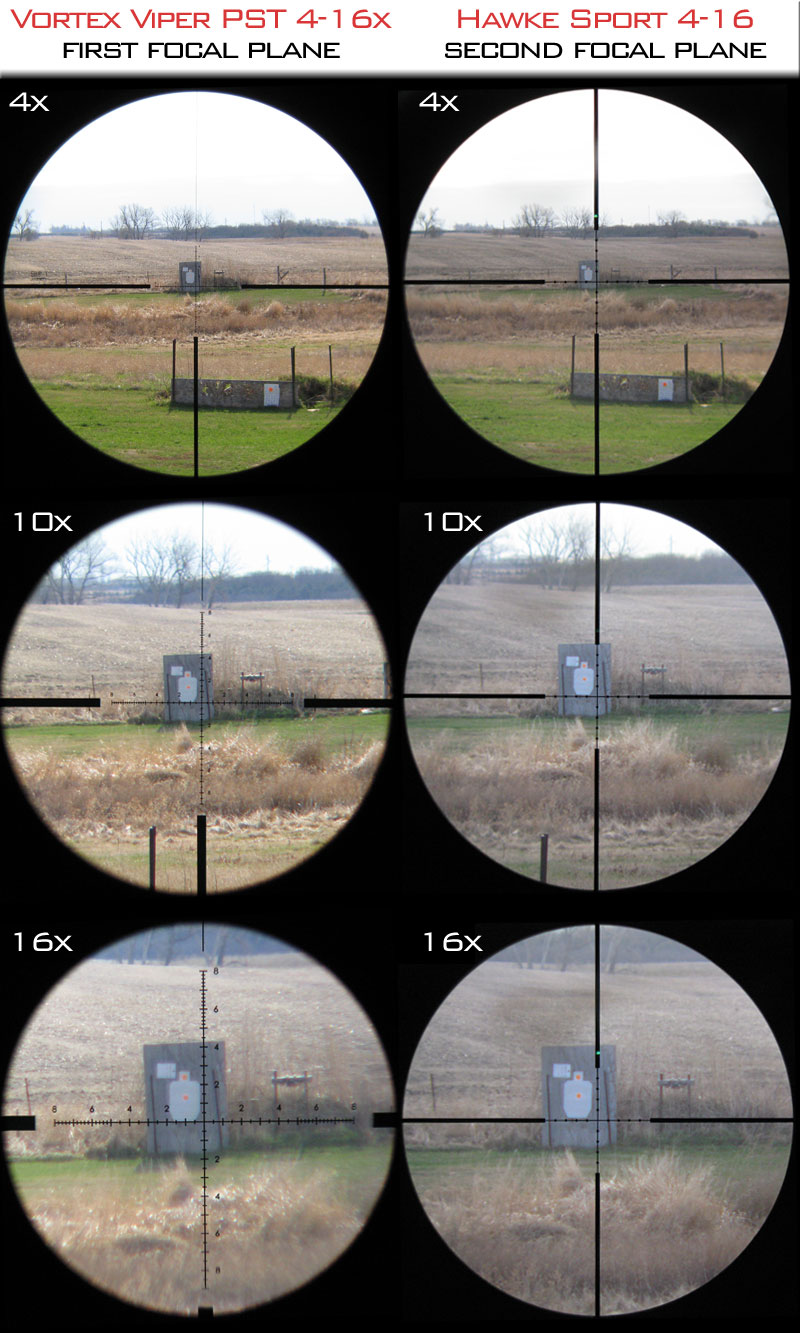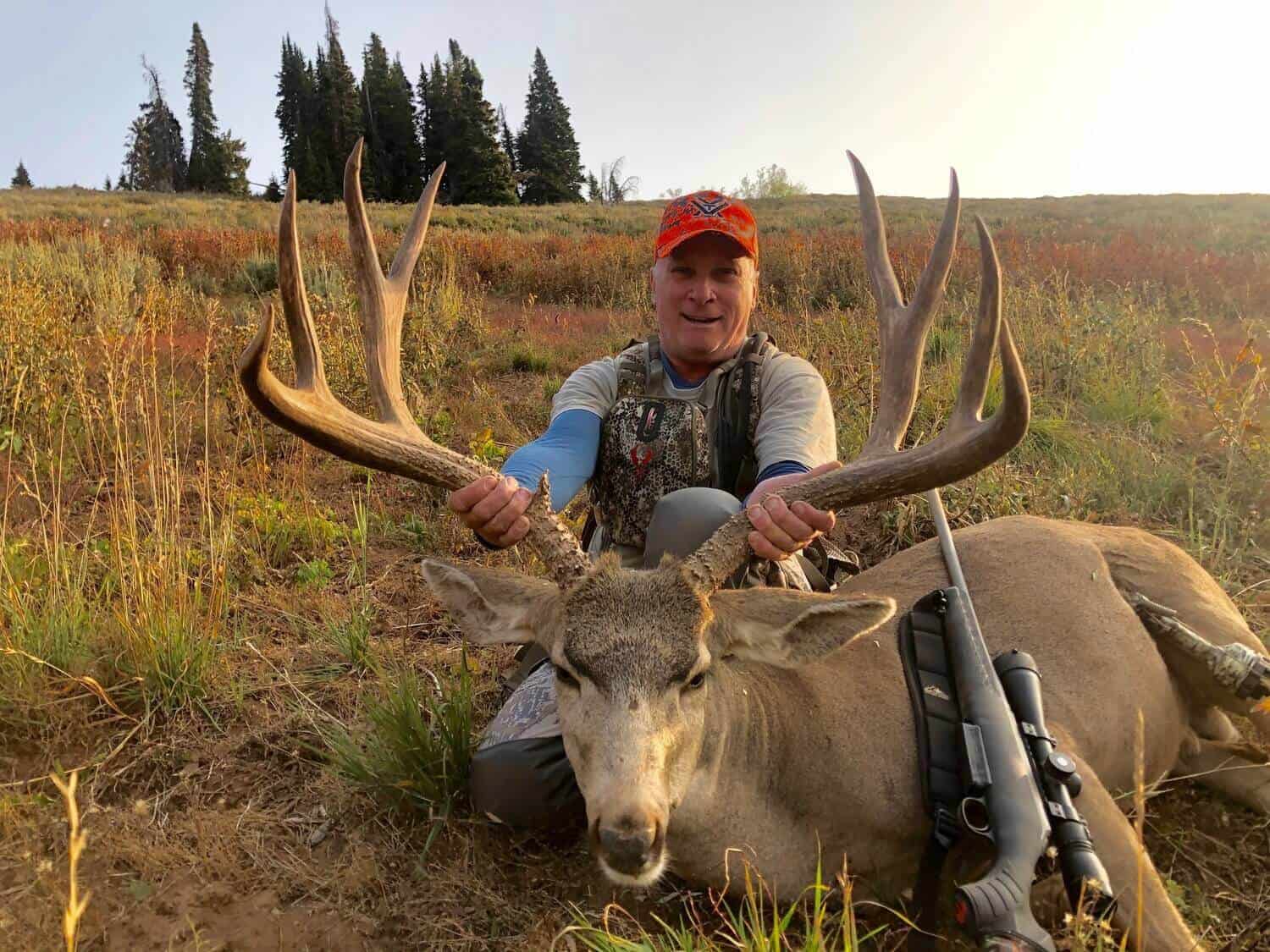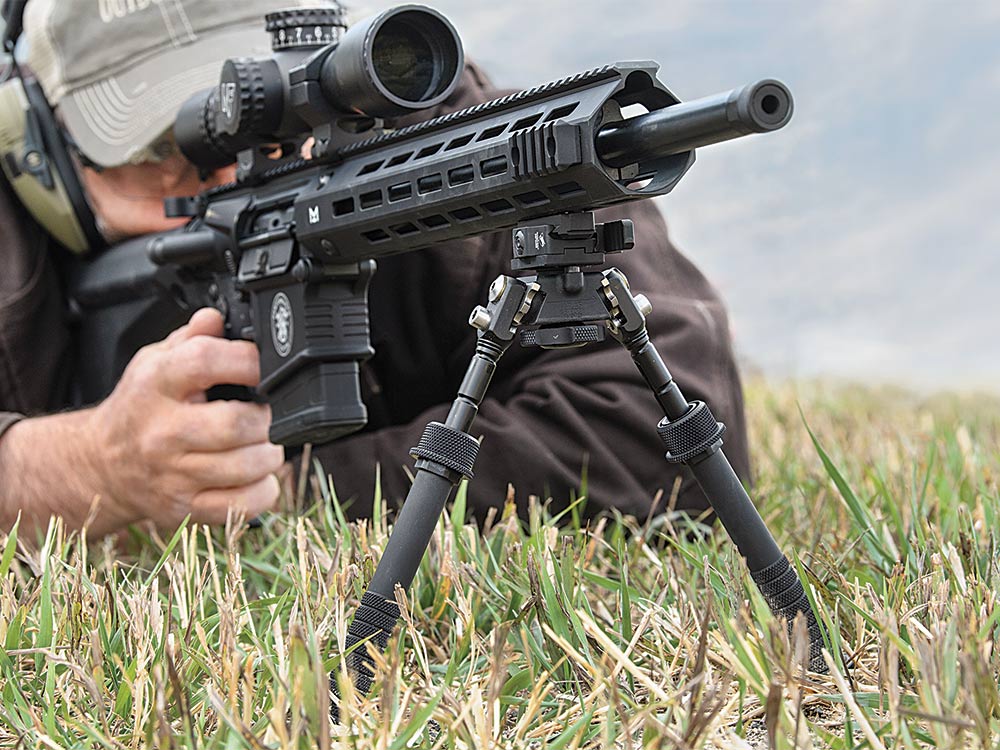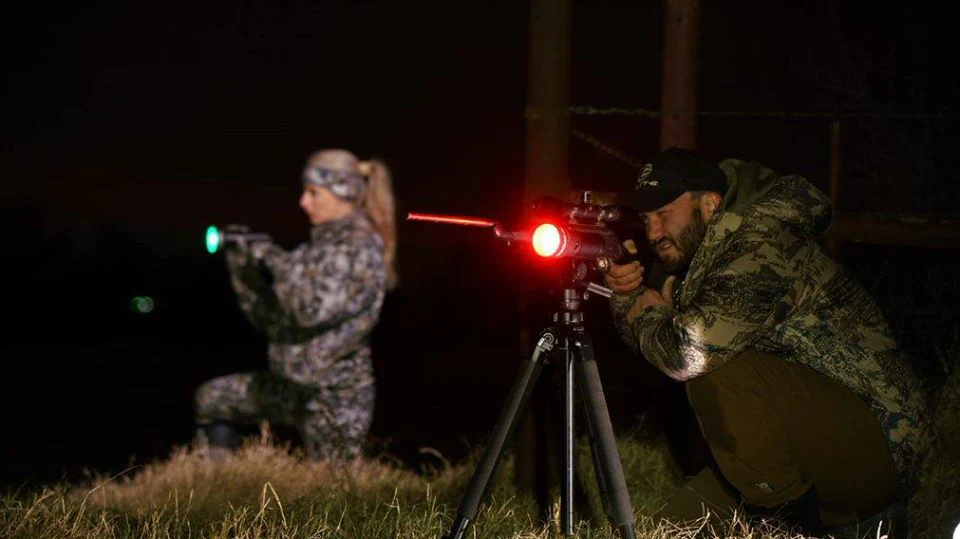What is The Range of Magnification in Vortex Scopes?
The range of magnification in Vortex scopes varies depending on the specific model and application. Here are some examples mentioned in the article:
- For Midwestern deer hunting and recreational shooting (not long range), the recommended magnification ranges are 3-9x, 4-12x, 2.5-10x, and 4-16x.
- For Western big game hunting and recreational shooting (probably some longer-range stuff), the suggested magnification ranges are 2.5-10x, 4-16x, and 6-24x. The Viper® HS LRTM series of scopes, popular with hunters in this area, comes in 4-16x and 6-24x.
- For long-range shooting, the article mentions that you can shoot out to 1,000 yards just fine with a 3-9×40 if it has good turrets and decent optical quality. However, many PRS competitors use the Razor® HD Gen II 4.5-27×56 riflescope, and it’s a rare occasion if any of them ever really bring that thing above 18x.
- For mid-range shooting with AR-15’s, AR-10’s, or other similar platforms, the recommended magnification ranges are 1-6x or 2-10x, depending on the specific range of shooting.

When Hunter Need to Use The Range of Magnification in Vortex Scopes
Midwestern Deer Hunting
In the Midwest, the landscape is often characterized by dense forests and relatively short sightlines. Deer hunting in this region doesn’t usually require long-range shots, hence a lower magnification scope such as 3-9x or 4-12x is ideal. These scopes provide a wider field of view, which is beneficial when tracking moving targets through the thick timber.
Additionally, the lower magnification enhances the scope’s light-gathering ability, improving visibility in the low-light conditions of dawn and dusk when deer are most active. The lower magnification also means a larger exit pupil, which can help maintain a bright image even in darker conditions. This is crucial in the Midwest where the dense foliage can often limit the amount of available light.
Western Big Game Hunting
The Western United States, with its wide-open spaces and long sightlines, often requires a different approach to hunting. Game like elk or mule deer can often be spotted at much greater distances than in the Midwest. For this reason, a scope with a higher magnification range, such as 4-16x or 6-24x, is often necessary. These scopes allow the hunter to clearly see and accurately aim at game that is several hundred yards away.

The Viper® HS LRTM series of scopes, which comes in 4-16x and 6-24x, is popular among Western hunters. These scopes feature an exposed elevation turret that allows for quick shot adjustments, a crucial feature when hunting in the varied terrain of the West. The capped windage turret helps prevent accidental adjustments that could throw off your aim, a common concern when hunting in rugged, brushy environments.
Long-Range Shooting
Long-range shooting is a discipline that requires precision and a deep understanding of ballistics and environmental factors. When shooting at targets 1,000 yards away or more, a high magnification scope is necessary. The Razor® HD Gen II 4.5-27×56 riflescope is a popular choice among long-range shooters. Despite its high maximum magnification, most shooters rarely use it above 18x.
This is because at extreme distances, environmental factors such as heat waves can distort the image at high magnifications. Additionally, at these distances, the bullet’s trajectory is significantly affected by factors such as wind and gravity, making a scope with reliable and precise adjustment turrets a necessity. The Razor® HD Gen II 4.5-27×56 riflescope features high-quality turrets that provide consistent and accurate adjustments, a crucial feature for long-range shooting.
Mid-Range Shooting with AR-15’s or AR-10’s
AR-15’s and AR-10’s are versatile platforms that can be used for a variety of shooting activities, from close-quarters combat to mid-range target shooting. When shooting at mid-range distances (100-300 yards), a 1-6x or 2-10x scope is often sufficient. These scopes provide a good balance between field of view and magnification, allowing the shooter to quickly acquire targets and make accurate shots.

They also offer the flexibility to dial back to 1x for close-range shooting, a feature that can be crucial in dynamic shooting scenarios where targets can appear at varying distances. Furthermore, these scopes are typically compact and lightweight, making them a good match for the lightweight and maneuverable AR platform.
Varmint Hunting
Varmint hunting involves targeting small game such as prairie dogs, rabbits, or coyotes. Due to the small size of these animals, a high magnification scope is often necessary to ensure accurate shot placement. A scope in the 4-16x or 6-24x range allows the hunter to clearly see and accurately aim at these small targets, even at long distances.
Additionally, varmint hunting often involves shooting at multiple targets in quick succession, making a scope with a wide field of view and fast focus eyepiece a necessity. The high magnification also allows for detailed observation of the animal’s behavior, which can be crucial in determining the right moment to take the shot.
Mountain Hunting
Mountain hunting is a challenging discipline that often involves spotting and shooting at game at long distances. The rugged terrain and variable weather conditions can make this type of hunting particularly challenging. A high magnification scope, such as the Razor® HD 5-20×50, is often necessary in these situations.
This scope offers excellent optical quality and a high magnification range, making it ideal for spotting game at long distances. The high-quality glass and coatings ensure a clear and bright image, even in the challenging lighting conditions often encountered in mountainous terrain. Furthermore, the robust construction of this scope ensures that it can withstand the harsh conditions of mountain hunting.
Predator Hunting at Night
Predators like coyotes are often most active at night, making a scope with good low-light performance crucial for successful hunting. A lower magnification scope (such as 3-9x or 4-12x) often performs better in low light than a high magnification scope. The wider field of view also makes it easier to spot and track moving targets in the dark.

Additionally, the lower magnification results in a larger exit pupil, which can help maintain a bright image in low-light conditions. Many modern scopes also feature illuminated reticles, which can be a significant advantage when hunting at night.
Hunting in Dense Forests
Dense forests present a unique set of challenges for hunters. The thick vegetation can limit visibility and make it difficult to spot game. When hunting in these conditions, a lower magnification scope (such as 2.5-10x) is often the best choice. The wide field of view makes it easier to spot and track game in the thick vegetation, and the lower magnification results in better depth perception, which can be crucial when shooting at moving targets.
Furthermore, the dense foliage can often limit the amount of available light, making a scope with good low-light performance a necessity.
Hunting from a Tree Stand
Hunting from a tree stand often involves waiting for game to come within range, making patience and stealth crucial. The game is often relatively close, making a lower magnification scope (such as 2.5-10x) a good choice. The wide field of view makes it easier to spot game in the underbrush, and the lower magnification allows for quick and accurate shots at close range.
Additionally, the elevated position of the tree stand can provide a unique angle of view, making a scope with a wide field of view and good eye relief a necessity.
Hunting in Open Plains
Open plains offer long sightlines and few obstructions, making them ideal for long-range hunting. Game can often be spotted at very long distances, making a high magnification scope (such as 4-16x or 6-24x) a necessity. These scopes allow the hunter to clearly see and accurately aim at game that is several hundred yards away or more.
Furthermore, the flat terrain and long sightlines of the plains can make wind a significant factor, making a scope with reliable and precise adjustment turrets a necessity.
